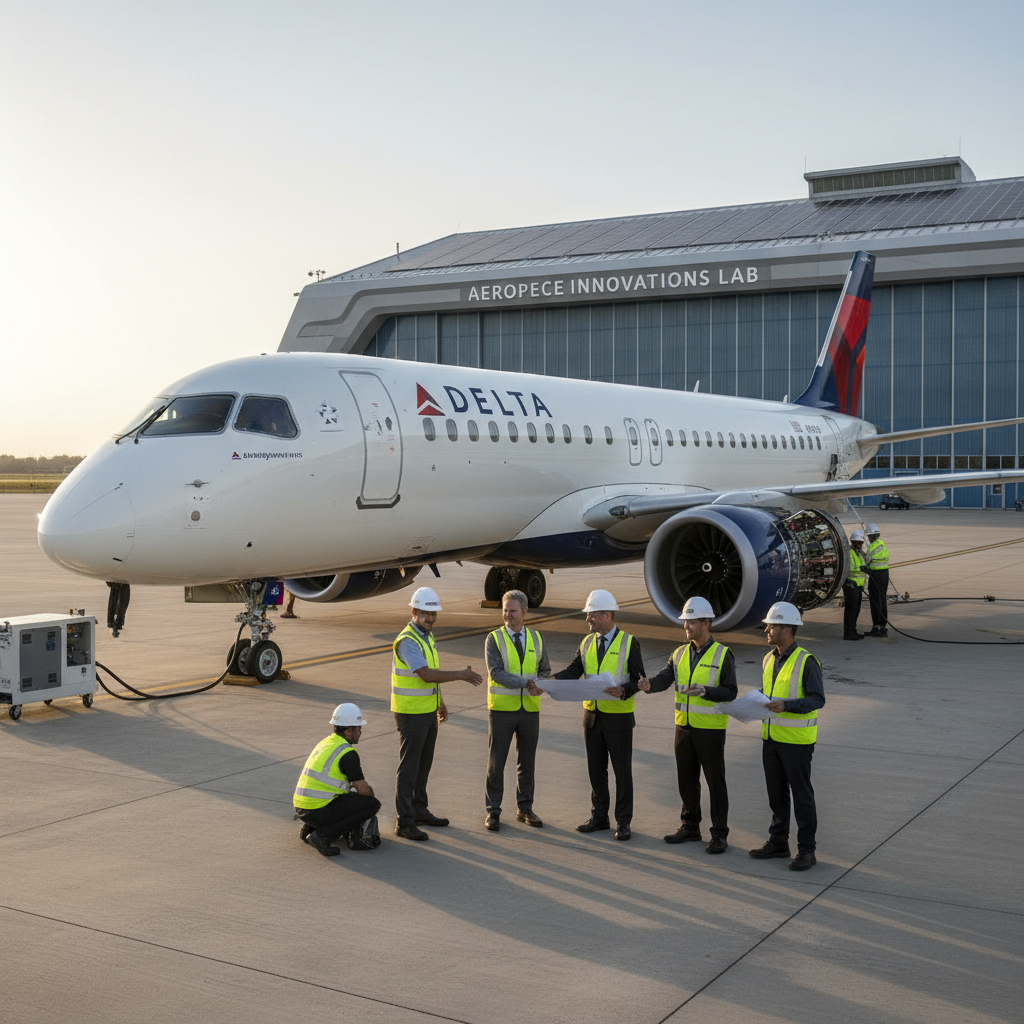Physical Address
304 North Cardinal St.
Dorchester Center, MA 02124
Physical Address
304 North Cardinal St.
Dorchester Center, MA 02124
Global aviation news tracker
Global aviation news tracker

Delta Air Lines has teamed with an aerospace partner to develop a hybrid-electric regional jet that targets greener, cheaper short-haul flying.
On September 21, 2025, Delta revealed a new collaboration to accelerate a hybrid-electric regional jet for the U.S. market. The project targets entry into service later this decade and aims to reduce carbon emissions and operating costs on short-haul routes operated by regional jets.
The airline says the program will focus on practical gains for shuttle and feeder services where range and turnaround times matter. Delta’s move adds momentum to industry electrification efforts and complements alternatives such as sustainable aviation fuel (SAF) as carriers work to meet tightening environmental goals and regulatory expectations.
The partnership centers on blended propulsion: electric systems paired with conventional engines to slash fuel burn on short sectors while keeping reliability solid for day-to-day airline schedules. Delta frames the effort as a technology bridge — cutting emissions now while new energy infrastructure and certification pathways evolve.
Operators, regulators and airports will all need to align on charging, maintenance and safety standards as hybrid-electric designs move from concept to service. Delta’s announcement signals more airlines are willing to invest in new propulsion tech alongside SAF, aerodynamic improvements and weight savings to hit decarbonization targets.
For flyers, the practical upside could be quieter departures, lower emissions per seat and potentially more frequent short-hop options as operating costs come down. For the industry, the program is another proof point that the next decade will see more experimentation with electrified powertrains, especially on regional types where the trade-offs are most attractive.